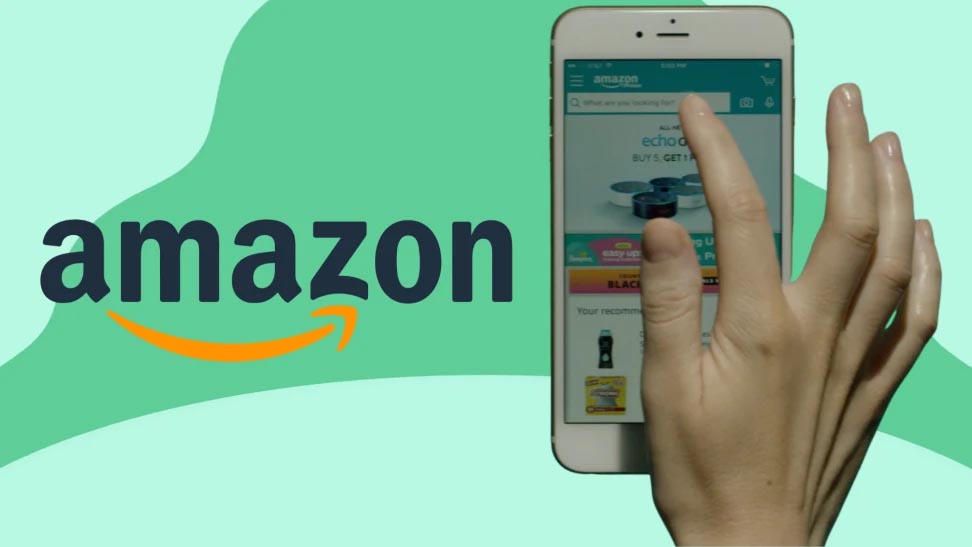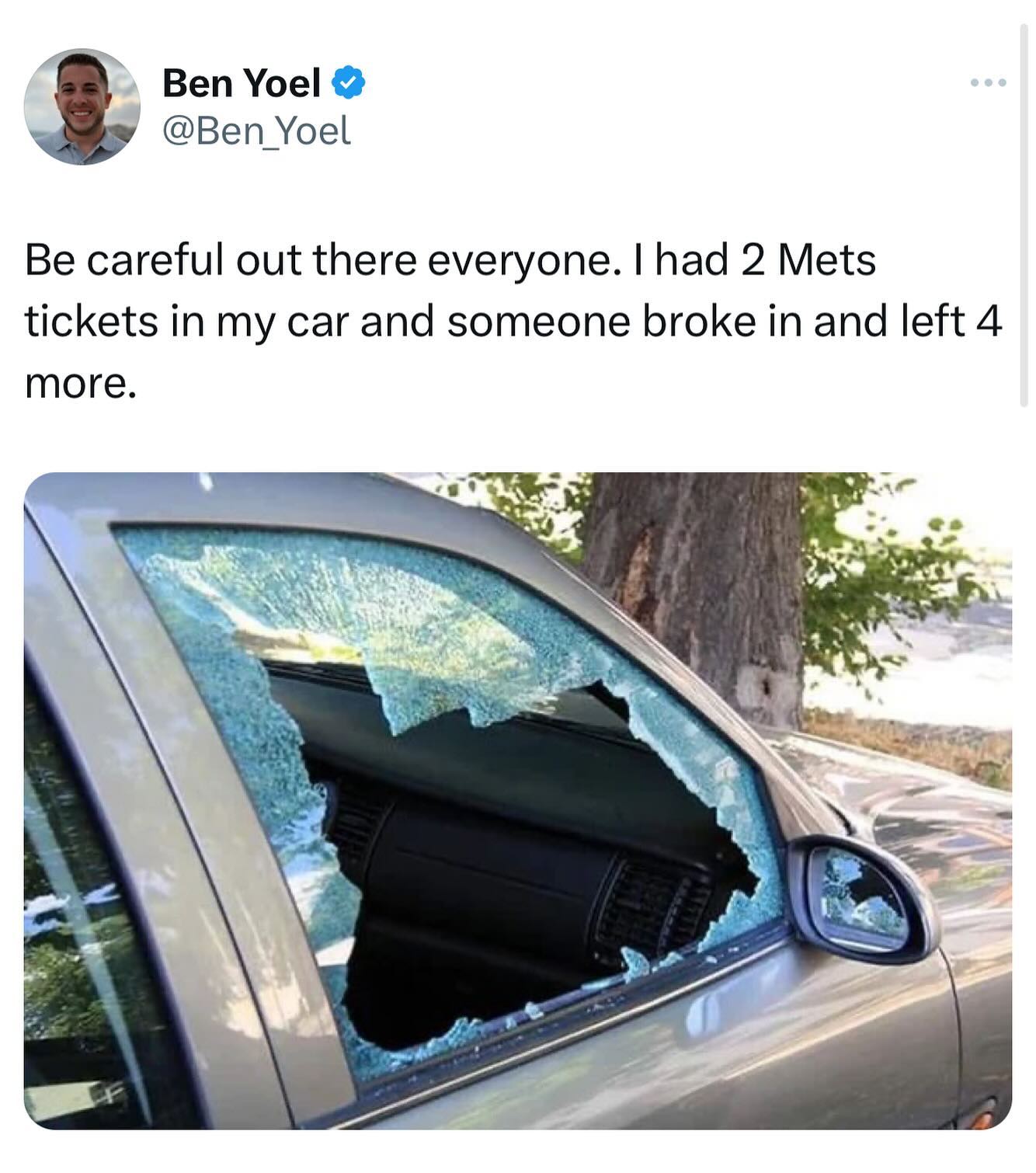Add friction to control buying

We now have the “no buy year” as a trend, and predictably LinkedIn is commenting on it. Like most trends, it will probably fizzle out long before the year is gone. Crash spending control doesn’t work any better than crash dieting does. It may help in the short-term, but in the absence of other changes, you’ll probably bounce right back. What works is friction and you need to add it back to the mix. Here’s how I did it.
For context, until a year ago, I was working at Amazon making more money than I could reasonably spend as a single guy who lives with two cats, drives a 14 year-old Honda, vacations at hostels, and doesn’t care much for fashion or brand names. On the one hand, this allowed me to sock away the max savings every year in my 401k, and then some more elsewhere. But long work hours and lots of disposable cash made it easy for me to do a lot of “unreasonable” spending too. The big online companies make it easy.
When I left Amazon, I noted how much of this was tied to my former employer. I set out to change that, in part because of the change in income, and in part because I’d become uneasy with the amount of junk and the number of cardboard boxes I was tossing away every week.
I added friction
Everything Amazon (and other retailers) do is designed to reduce “friction.” Friction being defined loosely as “anything that might cause you to not make a purchase that you theoretically might make.” So we have instant ordering, on devices we carry all the time, with delivery sometimes in a day or sometimes less.
Advocates of slow-growth, no-growth and de-growth philosophies have pointed out that this friction-removal is at the core of what modern businesses do to continue growing. Having already consumed all of our available time, the only way to get us to spend more is to figure out ways to spend more money or attention in the time we have. Some people have identified this as a cause of serious psychological and social damage, and it has the negative financial impact that “no buy year” advocates speak about. Tech executives like to say this provides additional benefit to society, but it’s clear to me that most if not all of the benefit flows to the tech companies, not to me.
I decided to add some friction back.
First: I removed the Amazon app and other shopping apps from my phone. I can still order from the website on my phone’s browser, but somehow I don’t. The mobile website sucks compared to the app which is why the app exists. The app removes friction, so I removed the app. I started leaving myself notes about things I “needed to buy” so I could get to them later when I was in front of a computer.
Second: I killed Prime. I had been thinking about this for a while because for the purposes of shopping, Prime isn’t as great a value as it once was. (Remember when everything on Prime was 1-2 day free delivery?) I guess there are other things that are packaged with Prime, but I don’t use them much. And these days they’re even putting commercials on videos for Prime subscribers too, so what exactly am I getting for the money?
[In parallel, I did similar things with other retailers, but Amazon was by far the largest.]
Getting rid of Prime doesn’t mean I no longer get free delivery, but I have to strategize a bit more. You get free (but slower) delivery if you spend at least a threshold amount (they are intentionally vague), so if you’re buying a bunch of small things, you have to add them to the cart and wait until you’ve accumulated $35-50 of stuff before you complete the transaction and there are some other limitations so sometimes the specific third-party junk item you were thinking of isn’t available and you have to pick an alternate third-party junk item. Then you have to wait 3-5 days for delivery. Boo Hoo. (The website says 5-8 days. It may be my specific location, but I rarely find it takes that long.)
A funny thing happened
I’d send myself messages to order something or other that I thought about during the day. Then I’d get home, look at the messages and realize that most of the things that seemed so important “in the moment” weren’t necessary, or even desirable beyond a brief moment of frustration. At least half the time, I didn’t bother continuing.
This is where friction really makes a difference. Everything they’re doing is designed around moving you as quickly as possible from “I thought about it” to “I paid for it.” They realize that “in the moment” things seem a lot more important than they really are. You encounter some momentary frustration, think “I’ll buy something to make sure I never have this problem again!” and a day later it’s home and paid for. Given a few hours to think about it, you realize that the frustration lasted for only a few minutes, and that you don’t expect to encounter the same situation often. So they try to get you to buy as quickly as possible, before that moment fades. That’s why they want voice assistants that don’t even require you to pick up your phone, and is probably the real reason Elon wants to put a chip in your brain. All these remove friction.
Even with my reduced purchases, I’d end up with a cart full of small items, and several days later when the total hit the “free shipping” threshold I’d look again before hitting buy. And again, I’d see a list of things half of which I no longer wanted. Given a few days, even the things that seemed important a few hours after I thought about them, no longer were.
Over time, I stopped sending myself as many messages reminding myself to buy something. I re-trained my mind to be more judicious up front and to spend just a few seconds asking “will I ever need this thing again?” Rather than an order or two each week, I now place about two orders per month, not counting monthly subscriptions that are mostly cat food.
I cut out the temptation
A huge amount of the junk that constitutes our “online experiences” exists for no reason other than to get us to spend. While the term “doomscrolling” is often used to describe most people’s interaction with their social media feeds, it’s far more accurate to call it “shopscrolling.” The vast majority of content we encounter is de-facto advertising, designed to eliminate as much of the friction between “see interesting product” and “purchase product” as possible.
I’ve mostly removed the social media apps from my phone, set limits in Screen Time, and ruthlessly culled the number of accounts I follow, eliminating pretty much anything that is mostly advertising. Their goal is to tempt me to buy things that I don’t need. I’ve decided to be adverserial: my goal is to avoid buying stuff I don’t need. I avoid finding out or caring about the latest trend, including the “no buy year,” which itself is a TikTok-driven trend.

These days my social media is mostly friends, and a few sites/pages that discuss things I care about without trying to sell me much. And the Mets, because becuase while they do want to sell me things, I doubt they’ll be good enough to justify much spend for the rest of my lifetime.
It’s sustainable
I haven’t stopped buying things that I need or are useful. The stuff that was always somewhat better thought-through is still ordered. What I don’t get are the piles of junk that I might use once then toss in a drawer and eventually throw out or give away. Chase informs me that my spending with Amazon has decreased significantly, and Amazon is just the most egregious example. Adding friction back into my shopping has caused me to buy less from everybody.
Removing the rideshare app from my phone’s home screen seems to have resulted in me walking and taking transit a lot more. The app is still there! I could easily search for and bring it up, as I have from time to time in random airports. But it’s no longer right in my face, so it’s used less. The fact that these services increasingly suck, and are usually far more expensive than alternatives helps. I’ve killed off the food delivery apps. Now I wait to get home before I order food, and somehow once I’m home where I can heat up leftovers, the urgency of ordering disappears. I’m eating better too.
There are other things. I’ve always been good about fixing things, but I’ve become even more so. With a bit of work, I’ve discovered that it’s easy to find good tools used, or to borrow them when I need to fix something that’s beyond the capabilities of what I have at home. My building’s handyman and the foreman for a construction site across the street have been great sources of “tools I only need once.”
The most important thing is that what I’m doing is something I can keep going over the long haul. I don’t think that’s true of the “no-buy year” concept. One of the individuals quoted said she even stopped dating, lest she have to admit that she doesn’t shop much, and has a social media stream full of content about not buying things. That seems like the kind of extreme typical of an unsustainable crash diet. But my approach is focused on long-term smaller changes that add up. If I went back to another super-paying job tomorrow, I’d continue doing what I’m doing now because my life is better this way. Some people may think I’m weird because I don’t have Uber at my fingertips, and I’m thinking about walking or public transport, but they probably think I’m weird already. I’ll live.